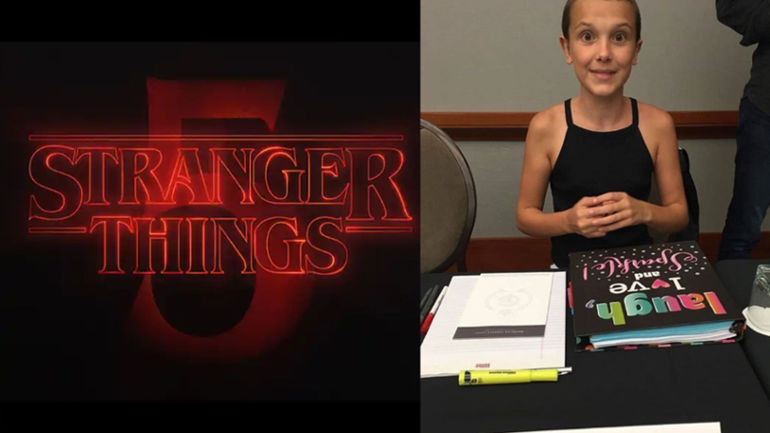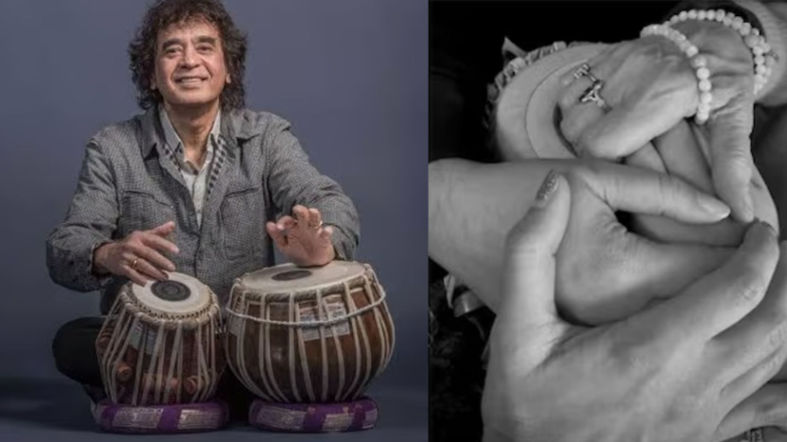If you’ve traveled on Indian highways, especially on longer routes, you’ve likely noticed trucks adorned with various forms of poetry, slogans, quotes, and phrases on their rear ends. One of the most prevalent phrases you’ll encounter is “Horn OK Please,” which has captured the attention of many over the years.
This phrase has gained such popularity that it inspired a Bollywood movie a few years ago. However, it’s important to note that writing this phrase is not required by law, nor does it have any official significance. Despite its widespread use, many people might not be aware of its likely origins.
Reasons for Writing “Horn OK Please”
Several theories explain the use of “OK” within the phrase. One theory traces back to World War II, during a time of global diesel shortages. Trucks often transported containers filled with kerosene, a highly combustible material, making them susceptible to fire in accidents. To caution vehicles behind them, drivers would write “On Kerosene,” which eventually morphed into “OK.”
Additionally, the phrase has been linked to a marketing strategy by TATA for their “OK” soap. TATA, known primarily for its steel, trucks, and hospitality services, aimed to penetrate the soap market where Lifebuoy was already well-established as an affordable option. The “OK” branding helped position their soap as a budget-friendly alternative for the common person.
Meaning of “Horn OK Please”
“Horn OK Please” likely serves as a signal for drivers to honk before overtaking a vehicle. In essence, truck drivers are instructing vehicles behind them to honk if they wish to pass. Historically, many trucks lacked side mirrors, preventing drivers from seeing the vehicles trailing them. This phrase, therefore, served as a crucial communication tool, enabling truck drivers to be aware of approaching vehicles and facilitating safe overtaking.














